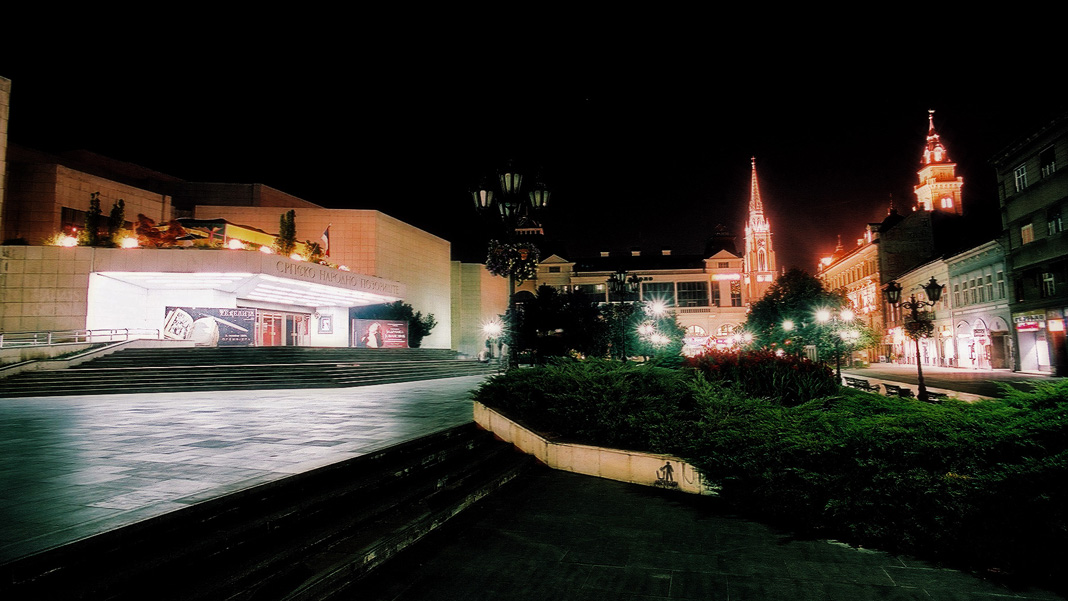Српско народно позориште почиње са реализацијом капиталног пројекта – публиковањем Енциклопедије Српског народног позоришта. У овом часу већ припремљене материјале – енциклопедијске јединице, постављамо на интернет страницу СНП-а сукцесивно, како која буде припремљена за објављивање, док ће штампано издање Енцикопедије морати да сачека срећнија времена…
Редакција

